African elephants are in trouble. Their numbers have fallen from as many as ten million a hundred years ago to as few as 400,000 today. Recent losses are largely from poaching for the illegal ivory trade (some 30,000 elephants a year), but also because of the shrinking habitat for elephants, as people open up land for farming and development.
Killing more elephants to help save the species is one counterintuitive strategy for preserving them. Here’s the thinking: Invite hunters from rich countries to pay generous fees to shoot specified numbers of elephants, and use that money for conservation and to help give local communities a boost. Do that, the theory goes, and poor villagers won’t need to poach elephants to feed their families.
The International Union for Conservation of Nature, an internationally recognized organization that sets the conservation statuses for species, supports this idea. “Well-managed trophy hunting can provide both revenue and incentives for people to conserve and restore wild populations, maintain areas of land for conservation, and protect wildlife from poaching,” its guiding principles say.
Sport hunting in Zimbabwe is big business, with hunters such as David Barrett paying $10,000 for the experience. Barrett, who is British, and others argue that Western hunters provide vital revenue to local communities. Photograph by Barcroft Media/ Getty
But a closer look at trophy hunting in Africa shows that the industry employs few people and that the money from hunt fees that trickles down to needy villagers is minimal. Government corruption can be a factor. In Zimbabwe, for instance, individuals associated with President Robert Mugabe have seized lands in lucrative hunting areas. Trophy hunting isn’t stopping poaching, especially in countries that have a poor record of protecting their wildlife.
Six countries—South Africa, Zimbabwe, Zambia, Mozambique, Namibia, and Tanzania—have many of the remaining savanna elephants. Along with Cameroon and Gabon, these nations allow sport hunting regardless of the level of decline in their elephant populations. (Botswana, which has more than 130,000 elephants by one recent estimate, has banned trophy hunting.)
According to the latest figures, Tanzania’s elephant population has fallen from nearly 110,000 in 2009 to just over 43,000 at the end of 2014—a 60 percent drop. Mozambique’s elephants declined from an estimated 20,000 to 10,300 during the same period. In Zimbabwe, a recent survey shows massive losses in some parks.

Here’s how many tusks that the Convention on International Trade in Endangered Species of Fauna and Flora (CITES) allows hunters to export from the big six countries in 2015:
Zimbabwe: 1,000 tusks Namibia: 180 tusks Zambia: 160 tusks Tanzania: 200 tusks Mozambique: 200 tusks South Africa: 300 tusks
Trophy hunting in Zimbabwe made the news in October when an unidentified German hunter shot what may have been one of the continent’s largest bull elephants. From 2003 to 2013, trophy hunters exported more than 28 tons of tusks from Zimbabwe.
Zimbabwe and Namibia’s sport hunting programs provide contrasting examples of the benefits of this form of conservation.
Zimbabwe’s CAMPFIRE
Supporters of trophy hunting often cite Zimbabwe’s CAMPFIRE (Communal Areas Management Programme for Indigenous Resources), in which rural district councils allow locals to sell safari operators access to their wildlife. In turn, safari operators sell sport hunting opportunities, mostly to foreigners.
“Since its inception, CAMPFIRE has been very successful,” the foundation’s website states. It says that households participating in CAMPFIRE increased their incomes by an estimated 15 to 25 percent.
But the benefits from the program are not equally shared within the communities, according to a 1997 study analyzing CAMPFIRE, and corruption has eaten away at revenue.
Rural councils in Zimbabwe are notoriously underfunded and almost always have nothing in their coffers to support the communities in their districts. For example, revenue from sport hunting in the Chiredzi Rural District (where the hunter shot that big bull elephant) was negligible, according to a 2014 end-of-year report.
Rural councils in Zimbabwe are notoriously underfunded and almost always have nothing in their coffers to support the communities in their districts.
In the report, the council’s chairman suggested it would be better to switch from hunting to more profitable non-consumer-based tourism, such as sightseeing and photography.
While a portion of the hunting fees foreigners pay (which can run into the tens of thousands of dollars) is earmarked for community projects such as CAMPFIRE, Emmanuel Fundira, Chairman of Safari Operators Association of Zimbabwe, told CBS News in October that rural councils get “nothing.” In most cases, he said, corrupt government officials take the money.
CAMPFIRE CEO Phindile Ncube told CBS News that his rural district, Hwange, made more than $158,000 in hunting fees during the past year. He claimed that the money is goes to infrastructure and food programs for local communities.
But when CBS interviewed local villagers, they said they haven’t received a cent from the council.
Furthermore, hunting operations in wildlife-rich areas are being seized by Zimbabwe’s land-hungry political elite, according to a 2014 report from Born Free, a wildlife conservation nonprofit, and C4ADS, a nonprofit conflict and security analysis firm. Safari and game reserves are one of the few remaining lucrative industries in Zimbabwe, both for legal and illegal hunting.

The takeover of these lands has coincided with overhunting and poaching, according to the report, as the political elites who have come to manage them are driven more by profit than conservation. Revenue is more likely to go into personal and foreign bank accounts than into conservation and community programs.
Major General Engelbert Rugeje, for instance, who’s the chief of staff of Zimbabwe’s army, is linked in the report to land seizures in Save Valley Conservancy, home of 80 percent of Zimbabwe’s rhinos. Poaching in the area has already begun, the report says. Rugeje also alleged to have been involved in the eviction of 350 villagers at Matutu conservancy in Chiredzi.
Namibia’s Conservancy Approach
In Namibia, elephant numbers have been increasing, and the nation’s conservancy approach is applauded as a factor in this success.
Established by the Namibian government in 1996, the program grants communities the power to manage wildlife on communal land and to work with private companies to develop their own tourism markets.
The latest government statistics indicate that the estimated contributions from trophy hunting exceeded $70 million. The vast majority of this income is returned to operators and spin-off beneficiaries such as airlines, hotels, tourism facilities, but there is a trickle-down effect.
In 2000, the total income to communal conservancies from all forms of wildlife use, including trophy hunting, amounted to $165,000. Six years later, this had increased almost tenfold to $1,330,000. Though small compared to the overall income from trophy hunting, it does provide one in seven Namibians with $75 a month.
Conservancy lands given over to trophy hunting have the added benefit of keeping the wild, wild. If these areas were farmed, for instance, the incentives for conservation would undoubtedly wane, and habitat loss would reduce wildlife numbers. The ecological footprint of trophy hunting—even of a safari lodge catering for groups of wildlife watching tourists—is far lighter than that of commercial farming.
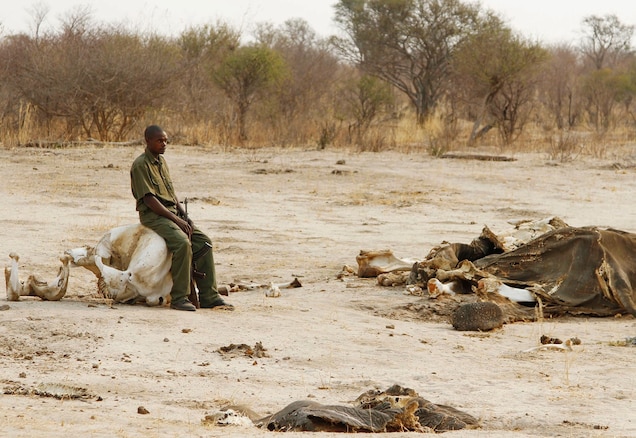
Conservancies offer hunt operators land largely devoid of people—a draw for hunters who want an African wilderness experience. Camps are small, with few overheads other than equipment and licenses.
The Namibian model has critics, however.
As reported in Africa Geographic, some government officials have handed out elephant hunting permits in an effort to get political support from the communities, especially in the Kunene region, which is renowned for its rare desert elephants.
Plus, the country’s export quota of 90 elephants doesn’t include permits to hunt “problem animals,” but Namibian law allows hunters to easily obtain permits to shoot elephants judged to be in conflict with people.
A closer look at trophy hunting in Africa shows that the industry employs few people and that the money from hunt fees that trickles down to needy villagers is minimal.
According to a CNN report in 2014, these permits are sometimes granted even before a “problem” animal has been identified. A hunter can then shoot any elephant a community declares to be a problem, whether it’s actually a problem or not. CNN reported that several desert elephants have been shot either for their meat or for the cash from hunt fees.
In a letter posted online, Namibia’s Ministry of Environment and Tourism strongly denied these claims. Namibia, the ministry says, has more elephants now than in the past hundred years, and “one of the reasons for their increase in numbers is that they have a value.”
The Money Story
According to an IUCN report, the sport hunting industry does not provide significant benefits to the communities where it occurs. Across Africa, there are only about 15,000 hunting-related jobs—a tiny number, especially considering that the six main game-hunting countries alone have a population of nearly 150 million.
Besides that, local communities make an average of only ten cents a hectare (25 cents an acre) from trophy hunting. A return that small, the report says, explains locals’ “lack of interest in preserving hunting areas and their continued encroachment and poaching.”
With more than one-sixth of the land in those six countries set aside for trophy hunting, and the fact that land-hungry politicians are seizing more and more land for themselves, impoverished rural communities often resort to poaching and the illegal wildlife trade to sustain themselves.
Citing the failure of trophy hunting interests to provide much needed revenue for both conservation and communities, and the failure of governments to control rampant elephant poaching, the U.S. Fish and Wildlife Service imposed a ban on imported elephant trophies from Zimbabwe and Tanzania for 2014 and 2015. The ban is likely to be extended indefinitely.
The view that sport hunting of elephants in Zimbabwe and Tanzania is causing more harm than good is gaining momentum. In Zimbabwe, says Gavin Shire, a spokesperson at the service, “trophy hunting does not currently support conservation efforts that contribute towards the recovery of the species.”
Still, the U.S. Fish and Wildlife Service’s director, Dan Ashe, maintains that there is a place for “responsible, scientifically managed sport hunting.” The Service, he says, “remains committed to combating heinous wildlife crimes while supporting activities that empower and encourage local communities to be a part of the solution.”
This article was first published by National Geographic on 17 Nov 2015. Lead Image: Sport hunting in Zimbabwe is big business, with hunters such as David Barrett paying $10,000 for the experience. Barrett, who is British, and others argue that Western hunters provide vital revenue to local communities. PHOTOGRAPH BY BARCROFT MEDIA/ GETTY
We invite you to share your opinion whether trophy hunting is helping to save African elephants? Please vote and leave your comments at the bottom of this page:
Thank you for voting.
What you can do
Support ‘Fighting for Wildlife’ by donating as little as $1 – It only takes a minute. Thank you.


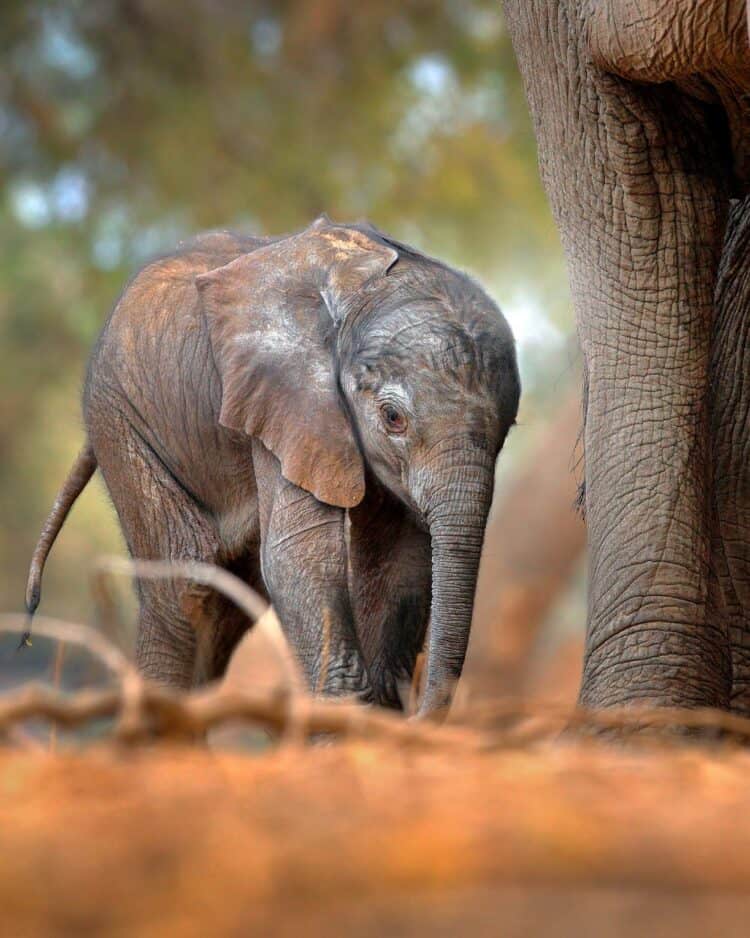
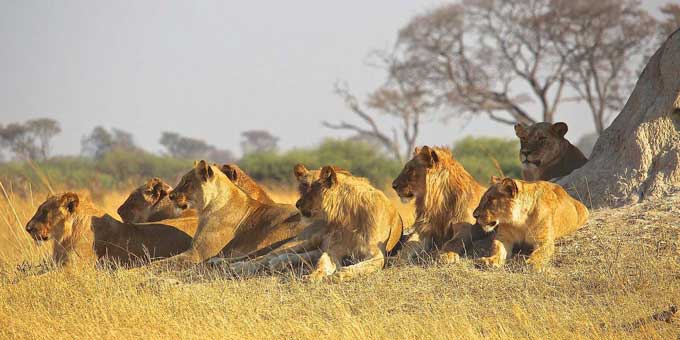
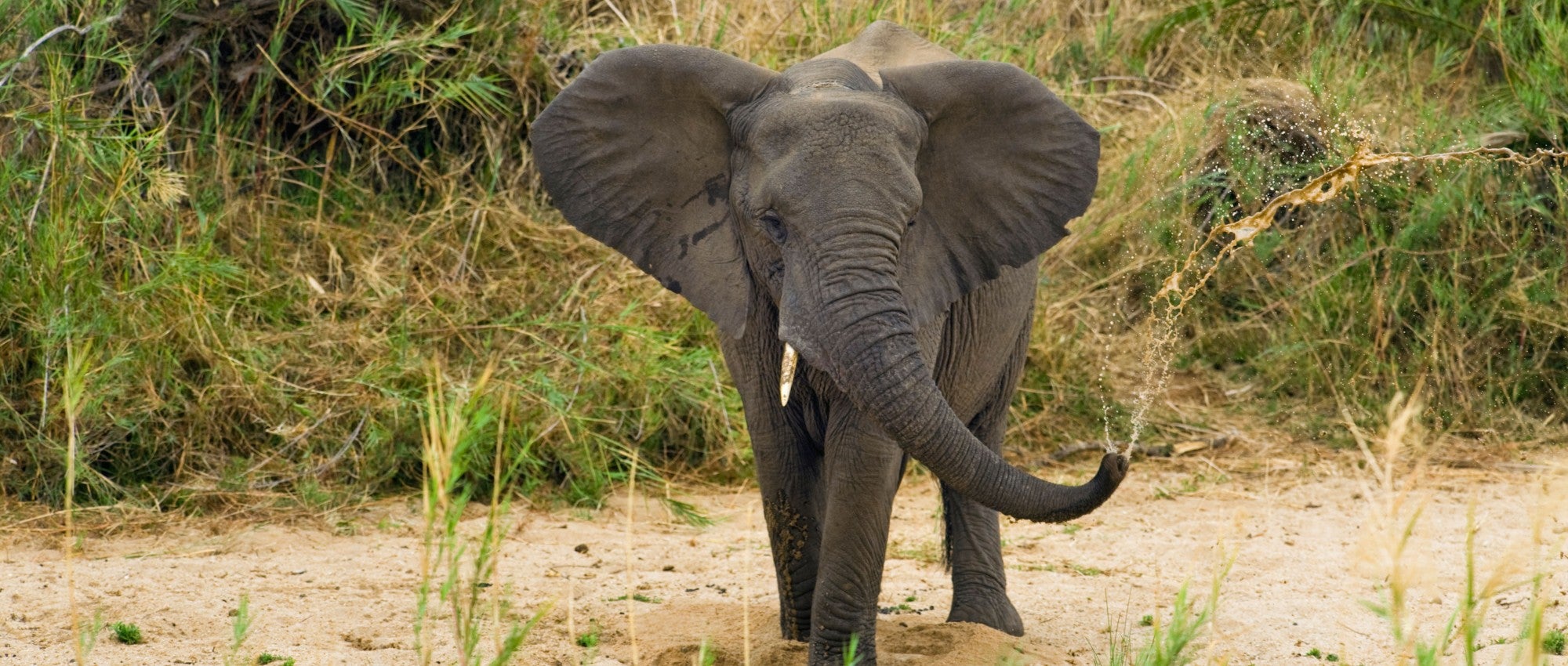

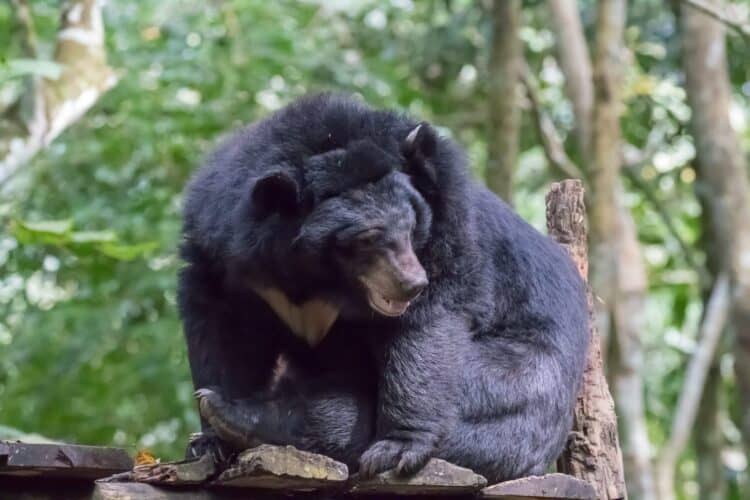
Leave a Reply